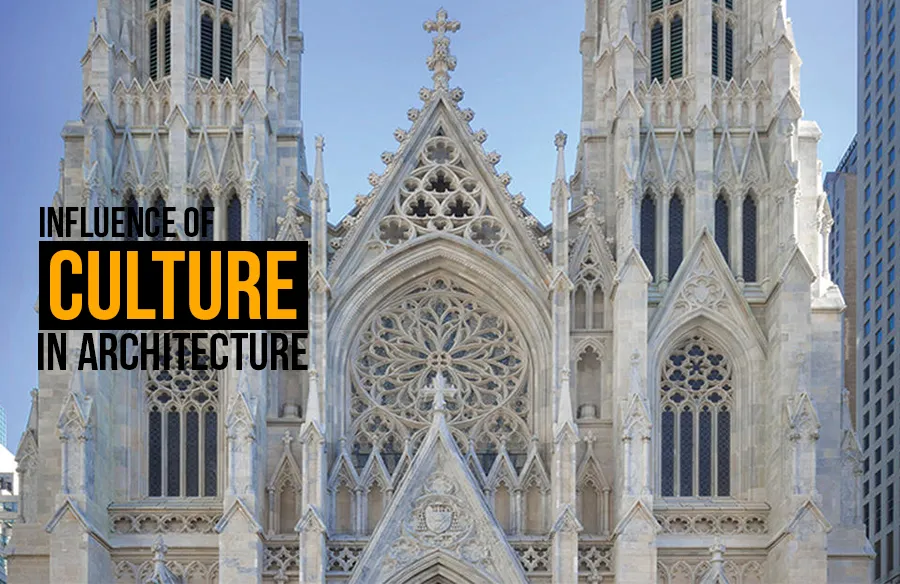Throughout history, architecture has been deeply influenced by cultural traditions, social practices, and regional identities. The diversity of global cultures has led to a rich tapestry of architectural styles, reflecting the unique heritage, beliefs, and customs of different societies. Architects and designers draw inspiration from cultural influences to create built environments that celebrate diversity, foster inclusivity, and honor the traditions of the communities they serve. The influence of culture on architectural design is profound, shaping the physical and symbolic form of the built environment in numerous ways.
Cultural Identity and Expression
Architectural design is a reflection of cultural identity and a means of expressing the values and sensibilities of a community. The use of specific building materials, decorative motifs, and spatial arrangements often holds deep cultural significance, serving as a form of visual language that communicates history, heritage, and shared narratives.

Vernacular Architecture
Vernacular architecture embodies the traditional building methods, materials, and design principles of a specific region or culture. It reflects the resourcefulness and ingenuity of local communities, adapting to the environmental, climatic, and cultural context of the area. Architects often draw inspiration from vernacular architecture to create contemporary designs that honor the local heritage and respond to the needs of the community.
Sacred and Spiritual Spaces
Cultural diversity is often manifested in the design of sacred and spiritual spaces, such as temples, churches, mosques, and shrines. These structures embody the religious beliefs and rituals of a community, featuring architectural elements and ornamental details that are deeply rooted in cultural traditions.
Community Gathering Spaces
Architectural design influences community gathering spaces, such as marketplaces, town squares, and communal meeting places. These spaces are designed to accommodate social interactions, celebrations, and cultural activities, fostering a sense of belonging and collective identity within the community.
Material Culture and Crafts
Cultural influences are evident in the choice of building materials, craftsmanship, and decorative arts employed in architectural design. From ornate wood carvings to intricate tile work, the material culture of a region often shapes the aesthetic character of the built environment, reflecting the skills and traditions of local artisans.
Sustainability and Indigenous Wisdom
Indigenous cultures often possess a wealth of knowledge related to sustainable building practices, natural materials, and ecological stewardship. Architects draw inspiration from indigenous wisdom to create environmentally sensitive designs that celebrate cultural heritage and promote sustainable living.
Adaptation and Modern Context
The influence of culture on architectural design also extends to the adaptation of traditional elements into contemporary contexts. Architects integrate cultural motifs, spatial arrangements, and design concepts from diverse traditions to create inclusive and multicultural environments that resonate with diverse populations.
Cross-Cultural Exchange and Fusion
In an increasingly interconnected world, architectural design embodies cross-cultural exchange and fusion, incorporating influences from multiple traditions to create innovative, hybrid styles that celebrate cultural diversity.
Conclusion
In conclusion, the influence of culture on architectural design is multifaceted, encompassing aspects of identity, tradition, spirituality, and community. By honoring cultural diversity and embracing the values and expressions of different societies, architects and designers can create built environments that reflect the richness of human experience and contribute to the celebration of global cultural heritage.
